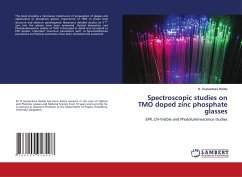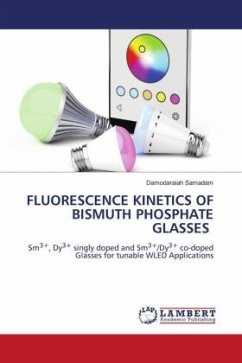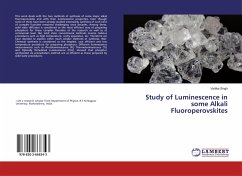Phosphate glasses have several advantages over conventional silicate and borate glasses due to their superior physical properties such as high thermal expansion coefficient, low melting and softening temperatures, and high ultraviolet transmission for different potential industrial and scientific applications. Phosphate glasses are structurally interesting because they accept a wide range of ion substitution. The PO4 tetrahedrons are linked together with covalent bonding in chains or rings by bridging oxygens. Neighboring phosphate chains are linked together by cross bonding between the metal cations and two non-bridging oxygen atoms of each PO4 tetrahedron. For the Transition Metal ions, the d orbitals are five-fold degenerate. In crystals as well as glasses, the orbital degeneracy is lifted due to the presence of surrounding ligands. This work explains the existence of mixed alkali effect by the bond nature, site symmetry of various first group transition metal ions in a vitreous Phosphate glass network.
Bitte wählen Sie Ihr Anliegen aus.
Rechnungen
Retourenschein anfordern
Bestellstatus
Storno








